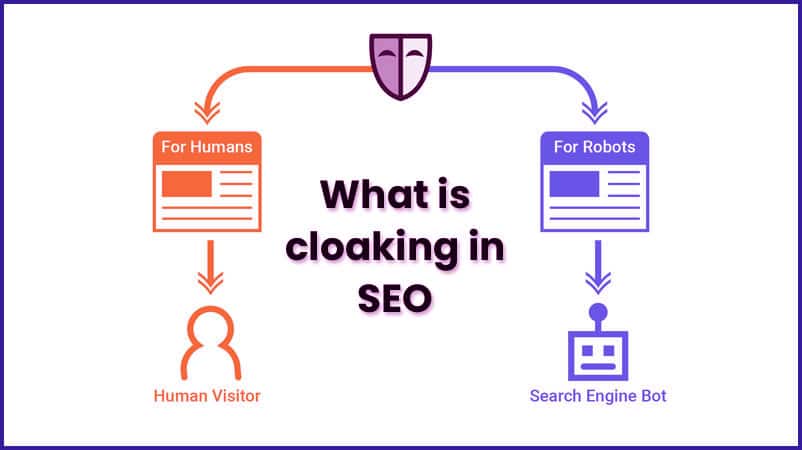What is Cloaking? Unveiling the SEO Strategy
Introduction to Cloaking
Cloaking is a sophisticated SEO technique used by website owners to present different content or URLs to search engines and users. It involves delivering content to search engines that is different from what is presented to users. This practice aims to manipulate search engine rankings and improve visibility, but it can also lead to penalties if misused.

Understanding Cloaking Methods
There are several methods of cloaking, including:
IP-based Cloaking
User-agent Cloaking
JavaScript Cloaking
Flash Cloaking
Benefits and Risks of Cloaking
Benefits
- Improved SEO rankings by optimizing content for search engines.
- Targeted content delivery to specific audiences.
- Enhanced user experience by delivering relevant content.
Risks
- Penalties from search engines for deceptive practices.
- Negative impact on user experience if content is irrelevant or misleading.
- Difficulty in maintaining consistency across different versions of content.
How Cloaking Works in SEO
Cloaking in SEO involves creating different versions of a webpage and showing them selectively to search engines and users. This can be achieved through various technical methods, as mentioned earlier.
Importance of Cloaking in SEO
- Tailoring content to match search intent and keywords.
- Improving website visibility and organic traffic.
- Enhancing user experience by providing relevant content.
Best Practices for Cloaking
- Transparency: Clearly disclose cloaking practices to search engines.
- Relevance: Ensure that cloaked content is relevant to search queries.
- Consistency: Maintain consistency between cloaked and uncloaked content.
- User Experience: Prioritize user experience by delivering valuable content.
- Monitoring: Regularly monitor cloaking techniques and adjust as needed.
Conclusion
Cloaking is a powerful yet controversial SEO strategy that requires careful implementation and monitoring. When used ethically and transparently, it can enhance website visibility and improve search engine rankings. However, it’s essential to adhere to best practices and avoid deceptive tactics to avoid penalties and maintain a positive user experience.
